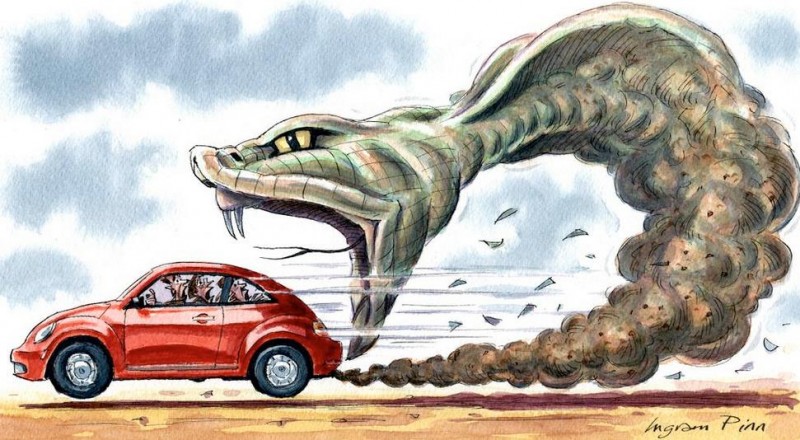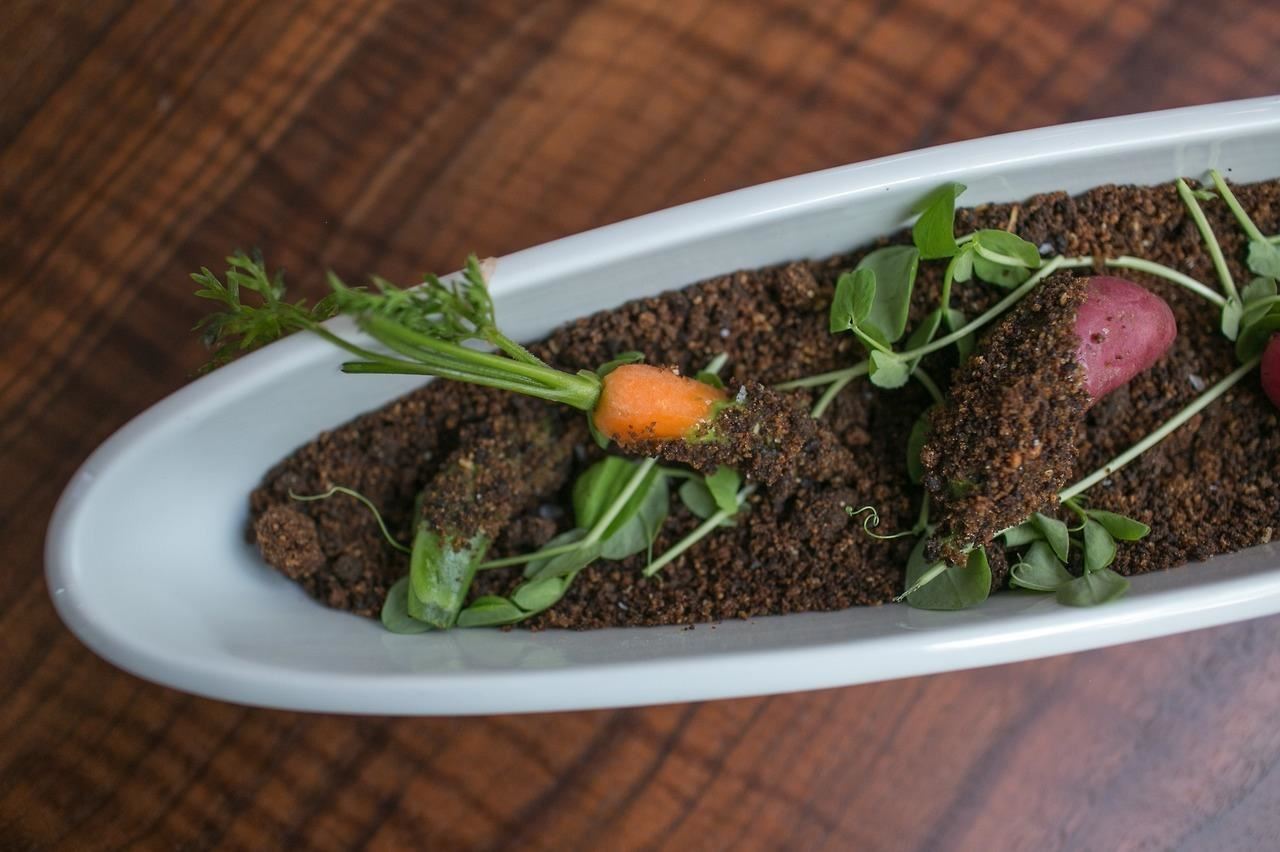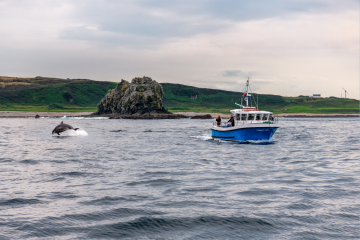Rewilding Ireland: A new relationship with nature

July 30th, 2019
Imagine nature coming back.
Imagine experiencing nature, not as some lucky happenstance or occasional encounter, but as a wave that washes over you again and again.
Imagine nature, not as something you have to travel halfway across the country to see, but within walking distance of your home, maybe even surrounding your house or the place where you work.
Imagine feeling, knowing, that your everyday actions were not only not resulting in ecological damage – but actively restoring nature to its glorious abundance and diversity.
This, to me, is rewilding.
What is rewilding?
One of the difficulties in talking or writing about rewilding is that there is no agreed definition of what it should mean.
While the word has been around since the early 1990s it was given structure by biologists Michael Soulé and Reed Noss in a 1998 paper as they identified three necessary components: cores (i.e. core areas where nature is strictly protected), corridors (to link the cores to each other) and carnivores – the three ‘C’s.
The term never went beyond the academic world of conservation biology until The Guardian’s George Monbiot published his 2013 book ‘Feral’, whereupon it exploded in the public imagination – especially in Britain.
Since then the word itself has been off the leash and these days it’s possible for pretty much anything that encourages wildlife to be called ‘rewilding’.
Gardeners are encouraged to rewild their lawns, a farm in Knepp in southern England ‘rewilded’ a standard monoculture pasture by releasing old breeds of cattle, pony, and pigs on the land (with some phenomenal results).
For many proponents of rewilding, however, the three ‘C’s remain fundamental to the original concept. Any deviation is akin to heresy.
A disastrous experiment in the Oostvaardersplassen in the Netherlands where the ‘rewilding’ didn’t include carnivores and kept herds of horses behind a fence (leading – predictably – to overgrazing and starvation of the animals) has done more harm than good for the concept.
Self-willed land
‘Rewilding’ has captured the public imagination but if it means everything then, unfortunately, it means nothing.
Most would agree that for it to be real ‘rewilding’ it has to be big – landscape level; it has to including reintroducing species driven to extinction by people; and it has to steer the land so that, in effect, it has control of itself – something which is sometimes referred to as ‘self-willed land’.
It’s the opposite of managing a nature reserve to encourage a single species. Across the UK and continental Europe, rewilding projects are being undertaken on a grand scale with pine forests returning to once sheep-shorn Scottish glens, dams being removed from large rivers, or big animals like bison and lynx, being reintroduced to repair natural ecosystems.
The big carnivores meanwhile, particularly bears and wolves, are making a comeback across Europe with more wolves in Europe today than the United States, with the keystone species even setting up shop in crowded Holland.

Ireland lagging behind
In Ireland, meanwhile, there has been very little discussion on the topic bar a few heads on Twitter (myself included). It did get a mention in the Dáil recently when Green Party leader Eamon Ryan called for rewilding to be included in our response to the biodiversity emergency.
There are no rewilding projects underway here and few, if any, public discussions or media articles in recent years. The ‘Wild Nephin’ project in Mayo was launched in 2013 with great fanfare but subsequently stalled. A ‘conversion plan’ for the area has been prepared but has yet to be made public.
From what I’ve seen of it, it is strong on removing the plantations of conifers and eradicating the invasive rhododendron, but barely addresses the issue of sheep grazing and doesn’t dare broach the idea of reintroducing big carnivores.
This is a shame.
Despite its somewhat flexible meaning, the term ‘rewilding’ is invaluable for its power to engage people. It expresses the longing many didn’t even know they had for daily and prodigious contact with the natural world.
So what if someone wants to rewild their garden? Part of the appeal of rewilding is that it includes us – we can be rewilded by turning towards nature again, learning the names of plants and animals, allowing ourselves to be tolerant of ‘weeds’ and creepy-crawlies and rediscovering our place in the ecosystem. This all has wonderful potential.
New relationship with nature
Trying to reassemble our collapsed ecosystems is an enormous task.
One of the principle arguments from some detractors is that we cannot simply walk away from our landscapes to be overrun with invasive species or with nothing to keep a lid on deer numbers.
And these people would be right – for the foreseeable future there will be a need for people to be involved in the land: helping to remove barriers on rivers and restoring floodplains, re-profiling mined-out bogs to hold onto water, eradicating rhododendron, converting conifer monocultures to native woodlands and monitoring populations of reintroduced species.
And this is good news for landowners – rewilding has enormous employment opportunities and is a chance to reverse rural decline. Another big objection is that rewilding is the opposite of farming and that its proponents want to see swathes of the country ‘abandoned’.
Yes, farm animals, and sheep, in particular, will need to be removed from large areas, especially in the uplands. But our landscape is diverse enough so that this would not exclude small-scale farmers producing, say, high-end organic beef, artisanal dairy products or honey.
Rewildling can exist – as it does in many European countries – in a mosaic with these small producers. And, of course, ‘real’ rewildling would be a boon for tourism.
I think that with the right incentives for landowners – such as paying farmers for not farming certain areas – in combination with rewilding public land and expanding national parks through land buyouts, we can see how this would work on the ground.
This will include establishing plans to reintroduce all of the plants and animals we have driven to extinction among them cranes, sturgeon and bitterns but also wolves and bears.
We need a new relationship with nature and rewildling shows us the path we can take.
While it is an essential step if we are to address our climate and biodiversity emergencies, it is also a wonderful opportunity for us to engage with all the amazing gifts which nature has to offer.
It’s also for everyone, no matter where you live, as well as for all the generations which are to come – what an antidote to the ecological mess we are currently faced with!
By Padraic Fogarty
Padraic is a Campaign Officer with the Irish Wildlife Trust and Author of ‘Whittled Away’ – Ireland’s Vanishing Nature







